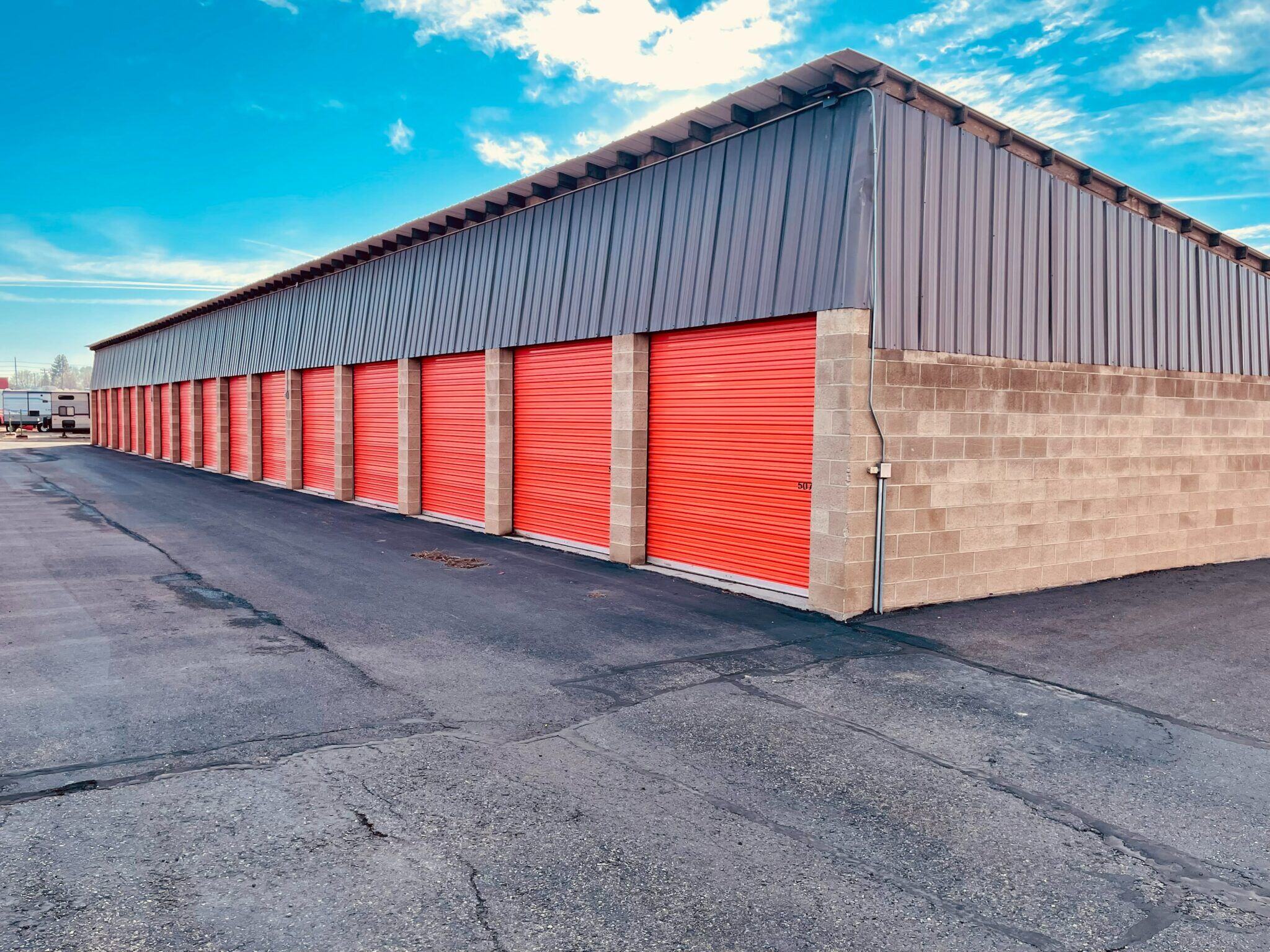Unlocking Tax Savings: The Benefits of Cost Segregation for Three Common Types of Commercial Properties

Cost segregation is a tax strategy that can dramatically improve cash flow for property owners through accelerated depreciation deductions. This technique involves identifying and reclassifying components of a property into shorter-lived asset categories, which can be depreciated over a shorter period than the standard 39-year life for commercial real estate. Here's how different types of commercial buildings—restaurants, inline retail, and public storage facilities—can leverage cost segregation to their advantage:
Restaurants:
Restaurants often benefit significantly from cost segregation due to their custom equipment and frequent upgrades. Imagine a popular diner in downtown Chicago that recently underwent a renovation. The new layout included specialized kitchen equipment, unique lighting for ambiance, a new monument sign outside and upgraded HVAC systems to manage kitchen heat. A cost segregation study would identify these items as personal property or land improvements rather than part of the building structure. For instance, specialized kitchen exhaust hoods might be classified as 5-year property, allowing for quicker depreciation. This can lead to substantial tax savings, freeing up cash that can be reinvested into the business or used for other financial strategies.
Inline Retail:
Inline retail spaces, like those in shopping malls or strip centers, can also see considerable benefits. Consider a boutique fashion store within a large retail complex. Here, fixtures like display units, lighting tailored for showcasing products, and even certain types of flooring might not be considered integral to the building itself but rather as personal property. By segregating these costs, the retailer could accelerate depreciation on elements like custom-built shelving or specialized flooring designed for comfort and aesthetic appeal. This acceleration could mean writing off these costs in as little as 5 or 7 years instead of the standard 39, providing immediate tax relief and improving cash flow.
Public Storage Facilities:
Public storage units might seem straightforward, but they often contain various components that qualify for cost segregation. Take a storage facility in Phoenix that expanded its offerings by adding climate-controlled units. The installation of HVAC systems for these units, along with security enhancements like advanced surveillance systems, could be classified under shorter depreciation schedules. These improvements, while enhancing the facility's attractiveness to customers, also become eligible for faster write-offs. For instance, the climate control systems might depreciate over 7 years, significantly reducing the tax liability for the property owner and potentially justifying higher rental rates due to the added amenities. Don’t forget upgraded fencing, security gates, and landscaping. These could qualify as 15-year land improvements and possibly for additional first-year “bonus” depreciation!
Conclusion:
The beauty of cost segregation lies in its ability to transform ordinary building expenditures into strategic tax advantages. For property owners, whether running a bustling restaurant, a trendy retail shop, or a sprawling storage facility, understanding and implementing cost segregation can mean the difference between standard depreciation and significant tax savings. This isn't just about reducing tax liability; it's about optimizing cash flow, which could fund expansion, upgrades, or simply stabilize finances during economic downturns. By engaging with professionals who specialize in cost segregation, owners can uncover hidden value in their properties, turning bricks and mortar into a financial asset with immediate benefits.
Print Article



.jpg)